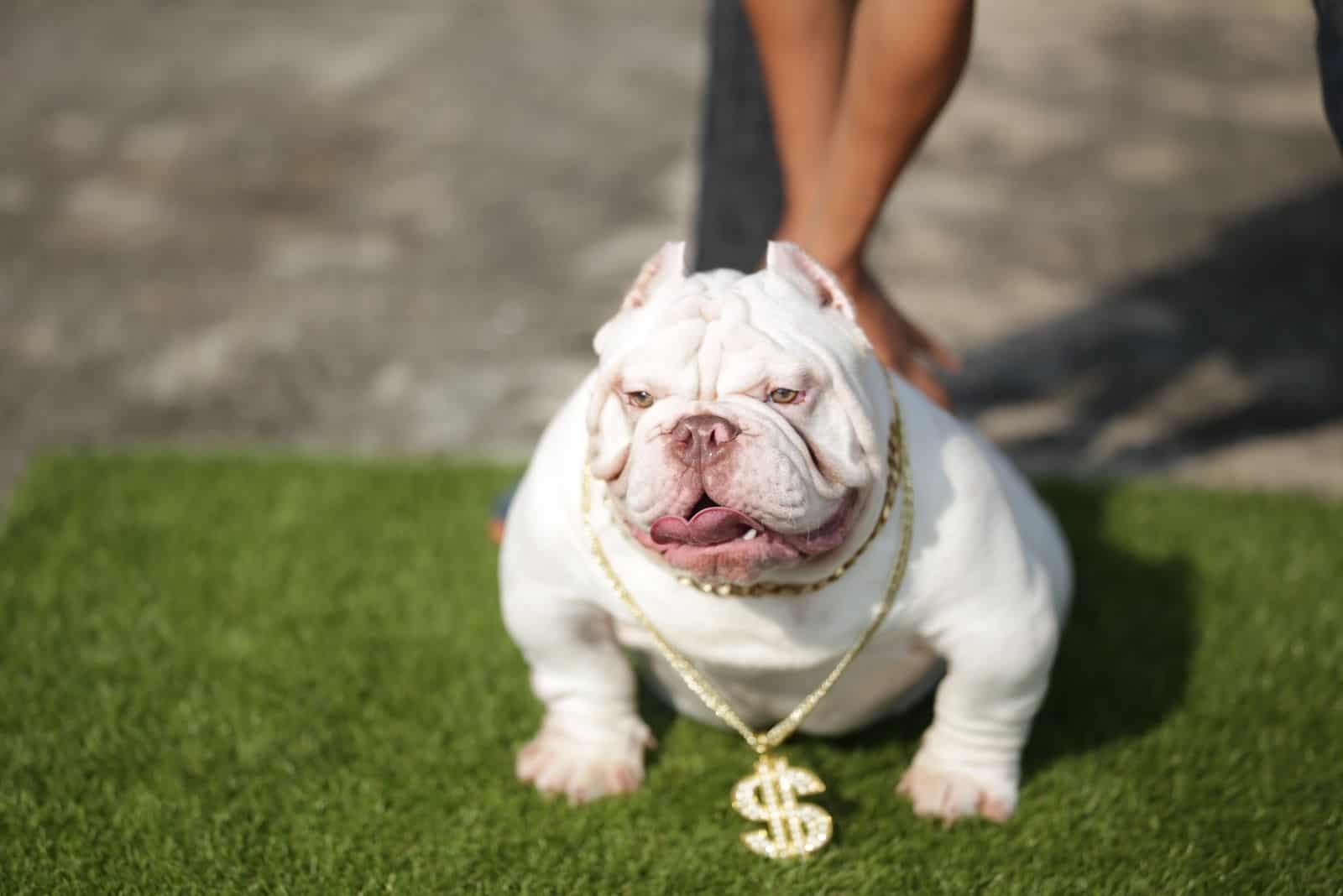Want to know more about the Exotic Bully? Then this is the place to be!
Maybe you’re thinking of getting one; perhaps you’re just curious. Whatever your reasons for learning about this unique and controversial dog, you’ll find the answers to your questions right here.
We’ve got all the information you could ever need, so read on to discover more.
The Exotic Bully
Now, your first question is likely to be, what is an Exotic Bully exactly?
In short, it’s a version of the American Bully with exaggerated features. Although this is usually shortened, its full name is the Exotic American Bully, possibly to avoid confusion.
Breeders who first produced the Exotic Bully aimed to enhance its physical features. To achieve this, they bred the American Bully with the French Bulldog, English Bulldog, and the Olde English Bulldogge*.
As a result, they are more compact and muscular, with a large, blocky head, a shorter muzzle, and a broader chest than the American Bully.
However, to get a better idea of this unique animal, we need to dig a little deeper.
First, we need to find out what an American Bully is. The trouble is, people use different names for the same breeds. People also get confused by the terms bully breed and pitbull, which are often misused.
Let’s try to unravel this knot and make some sense of it all!
*The Olde English Bulldogge was named to distinguish it from the English Bulldog. Despite the name, it isn’t that old! It was created in the 1970s to capture the essence of the original Bulldogs from the Regency Period.
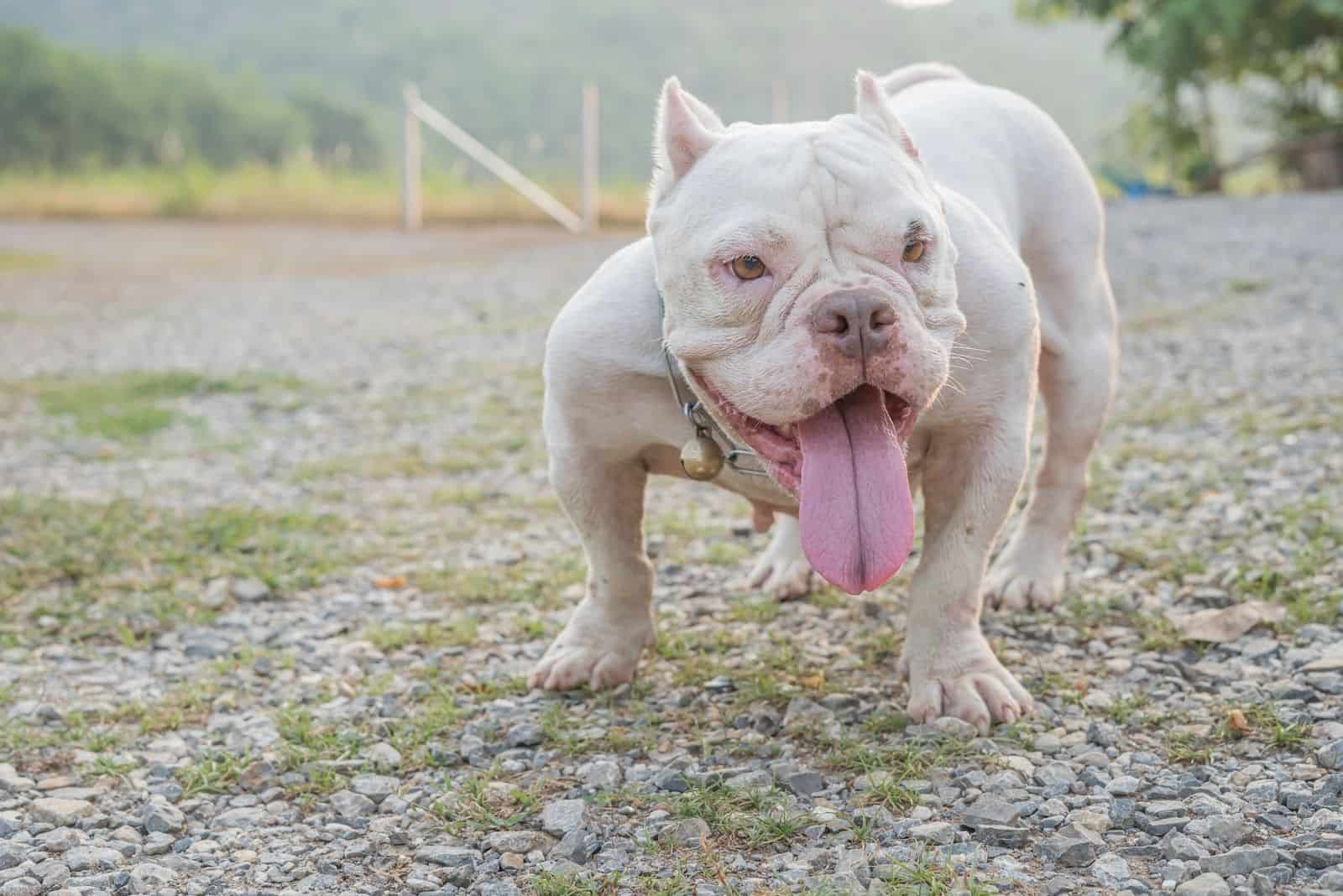
Bully Breed
The name bully breed is used to describe any dog breed stemming from English Bulldog/British Terrier mixes. It’s sometimes used to identify breeds that look like the Bulldog, even when there is no genetic link.
So, we can include the following breeds as bully dogs:
• French Bulldogs
• Boston Terriers
• Shorty Bulls
• American Pitbull Terriers (APBT)
• Staffordshire Terriers
• Boxers
• American Bulldog
• Staffordshire Terrier
• Olde English Bulldog (also called the Olde English Bulldogge)
And, of course, the American Bully breed!
The American Bully
It’s important to note that this is a different breed from the American Bulldog, and the American Bully is generally bigger. On average, the American Bully measures between 16 and 20 inches at the shoulder and weighs between 65 and 85 pounds. You can discover more on this American Bully growth chart.
The American Bully was developed during the 1980s and 1990s but was only officially accepted as a breed by the American Bully Kennel Club (ABKC) in 2004. This was followed in 2013 by the United Kennel Club (UKC), but the American Kennel Club (AKC) has still not recognized this breed yet.
Using the American Pitbull Terrier as a base, breeders crossed these dogs with English Bulldogs and American Bulldogs, among others, to improve their temperament, character, and physical look.
It’s not clear whether they intended to create a whole new breed, but this is what happened.
Some people call this breed the American Bully Pit or the Bullypit.
One fact about the American Bully is that people are put off buying them because of their aggressive looks. The irony is that they are among the sweetest, friendliest, and most affectionate dogs going!
Pitbull Breeds
There’s a lot of misunderstanding about the term pit bull. There is no single pitbull breed, although some people use this to identify American Pitbull Terriers or any dog that looks like them. Sadly, the Exotic Bully is frequently mistaken for an APBT, contributing to the Pitbull and Bully breeds’ negative image.
Most people agree that there are five pitbull breeds:
• American Bulldog
• American Bully
• Staffordshire Bull Terrier
• American Pitbull Terrier
• American Bully
However, some dog lovers don’t like to include the American Bully in this group, possibly because they are trying to avoid the fear and controversy that the name pitbull causes.
So, to sum up, the Exotic Bully came from the American Bully, which was developed from the American Pitbull Terrier.
Hopefully, this has cleared up some of the mystery and confusion!
How Big Are Exotic Bullies
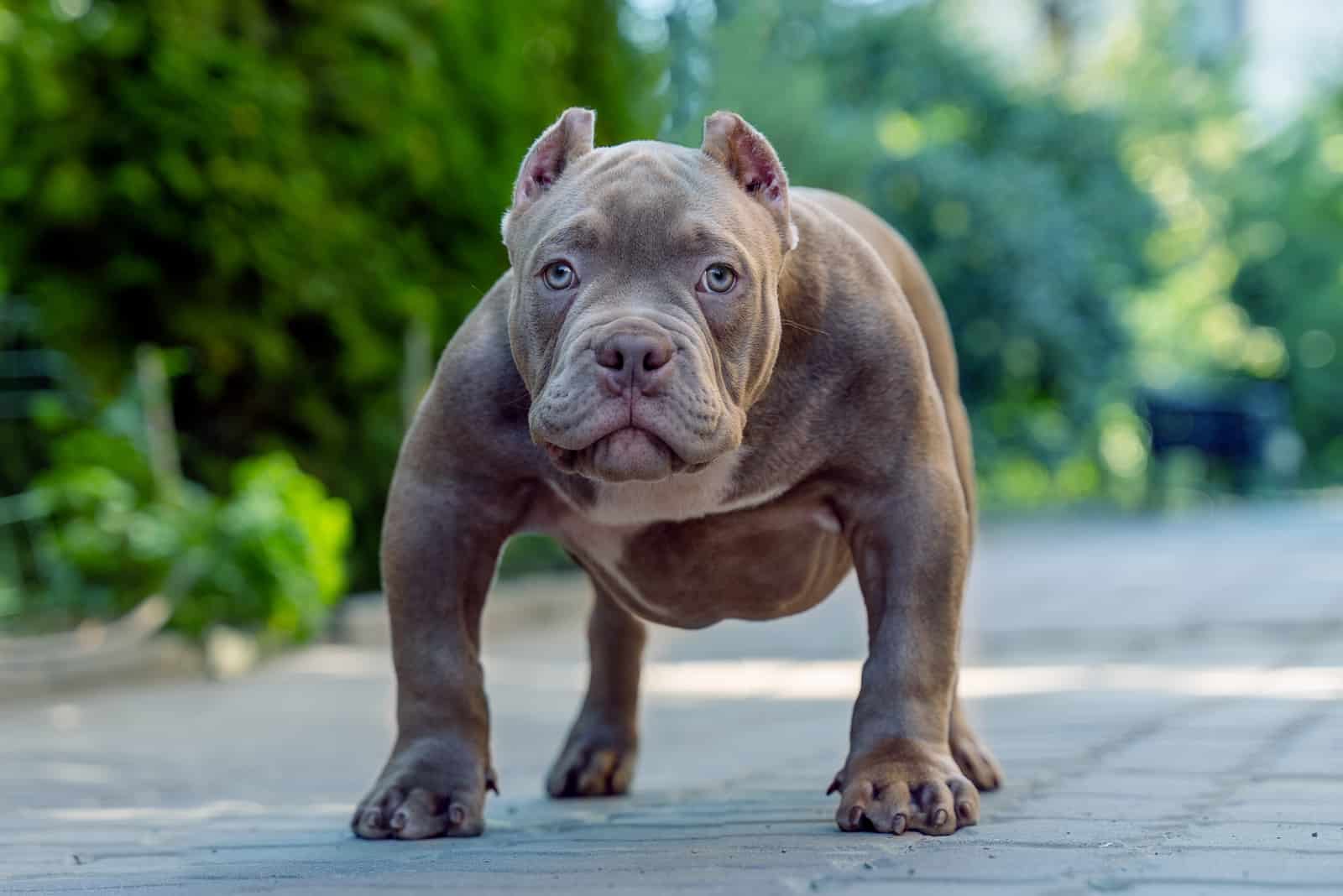
It isn’t easy to pin this information down without definite breed standards.
Some sources suggest that an adult Exotic Bully measures no more than 16 inches and weighs around 81 pounds. Others say that these dogs should be shorter than 13 inches at the shoulder and weigh between 30 and 50 pounds.
And if you look elsewhere, you’ll find people who suggest that the dog’s weight should be proportionate to its height.
Generally, we can separate these dogs into two categories: Standard and Micro.
Standard Exotics (also called Extreme Exotics!) can measure as much as 18 inches at the shoulder, though most will be under 16 inches. Micros are considered to be less than 13.5 inches.
You will probably find that some breeders advertise Pocket Exotics and even Pocket Micro versions. Next, we’ll examine the Pocket and the Micro dogs in more detail to see what they’re all about.
Micro Exotic Bully
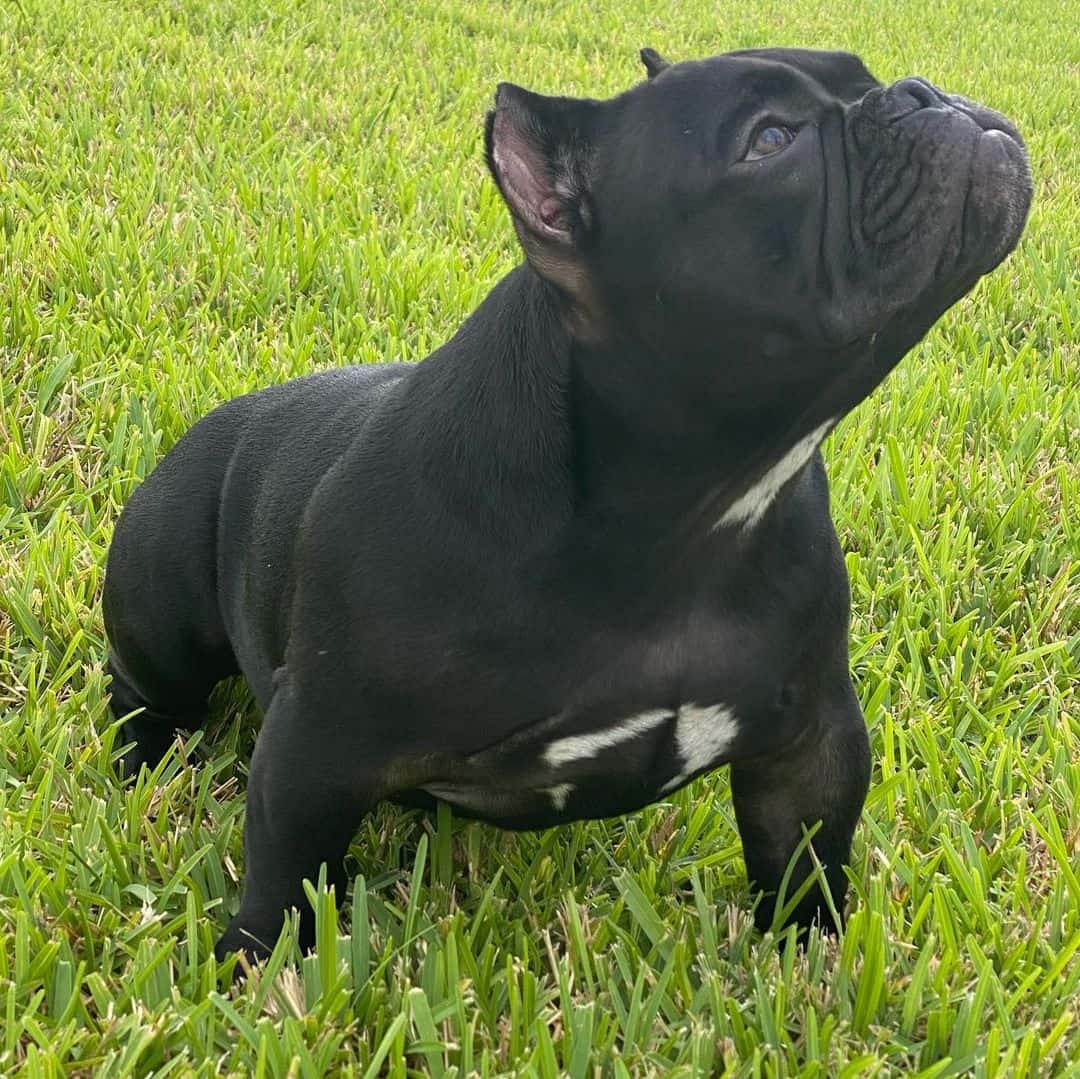
Photo from: @the_exoticbully_onix
These dogs have many different names, including the Micro Mini Exotic Bully and the Mini Exotic American Bully.
In the end, they all mean the same thing! The Micro Exotic Bully is identical to the standard version but is never taller than 13.5 inches at the shoulder.
As small dogs are in fashion these days, you should expect to pay more for the Micro Exotic.
Some breeders are charging upwards of $30,000 for popular colors, especially if there aren’t many around.
Even if you have that kind of cash to spare, it might be wise to read the sections below about Exotic Bully Prices, lifespan, and health before you go ahead and splash out.
Pocket Exotic Bully
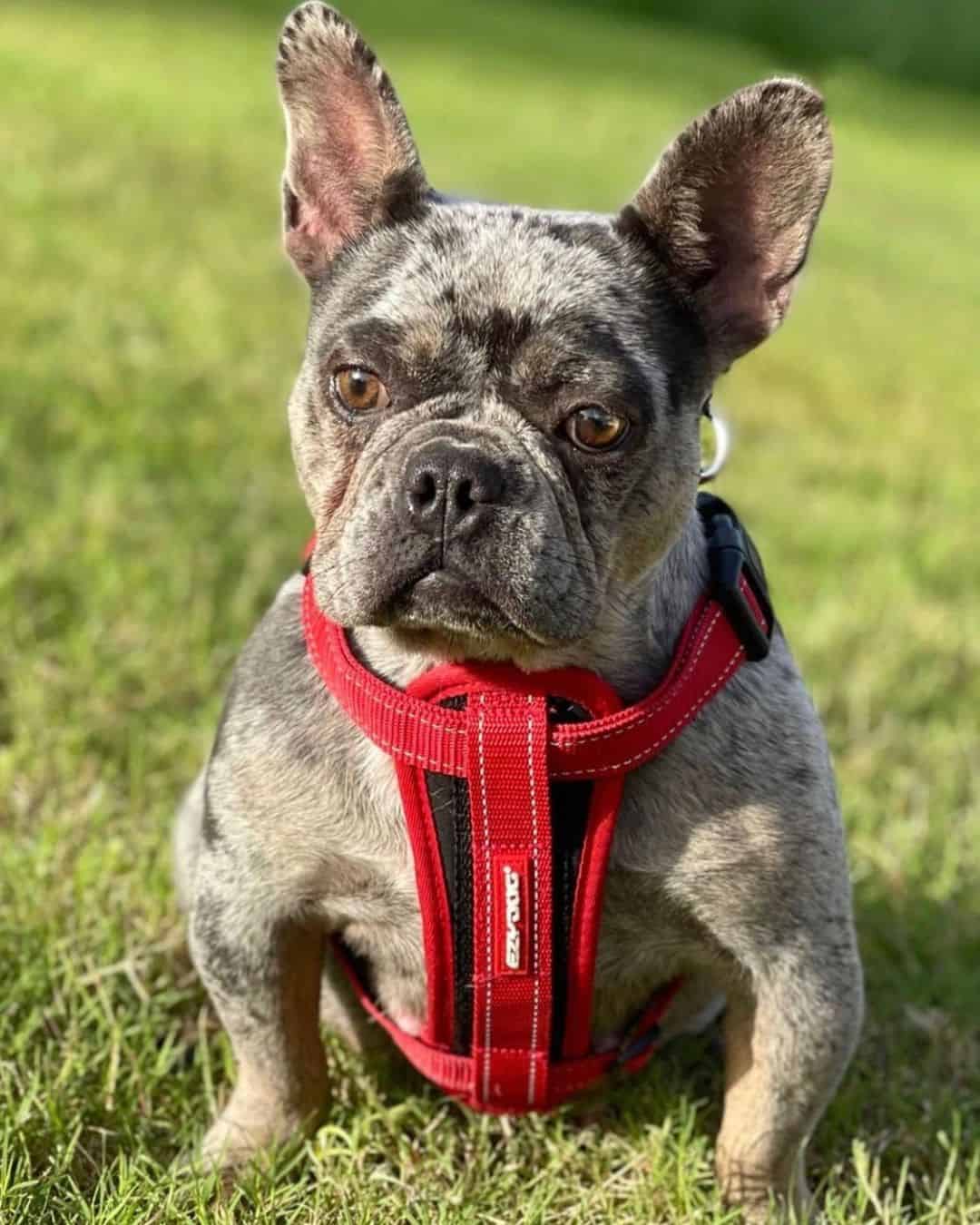
Photo from: @pocketexoticbullys
The trouble with having no established breed standard is that any breeder can produce dogs of different sizes and call them what they like. In essence, the Pocket Exotic Bully is no different from the Micro version!
Some of the confusion comes from this breed’s close connection with the American Bully, as they come in several sizes, including XL, Standard, Classic, and the Pocket Bully.
Exotic Bully enthusiasts and breeders sometimes borrow these terms and apply them to the Exotic, but this isn’t helpful to anyone.
Many Exotic Bully lovers believe that it’s time for standardized terms to be used and strict controls that will encourage people to stick to the breed standards.
Just keep in mind that some breeders might try to sell you some American Bully mixes claiming they are miniature or pocket version of these pups.
Exotic Bully Temperament
We’ve already noted that the American Bully has a sweet and friendly nature, and its close cousin, the Exotic Bully, matches this. If anything, it’s even more lovable!
The Exotic Bully is a great family dog. It gets on well with other dogs (especially when socialized properly, which is easy!) and loves humans. Although it’s excellent with kids, always remember to supervise any contact between kids and dogs.
It shouldn’t be a problem if you have other pets (including dogs) in the home. Your Exotic Bully will probably love them just as much as they adore you!
Essentially, this dog is one solid chunk of muscle that lives to love you. It’s a fantastic companion, an adorable lapdog, and will happily cuddle all day long.
Are you looking for a good guard dog? Then don’t pick the Exotic Bully! They might bark a bit, but on the whole, they love people and won’t make an effective deterrent to intruders.
Are Exotic Bullies Aggressive?
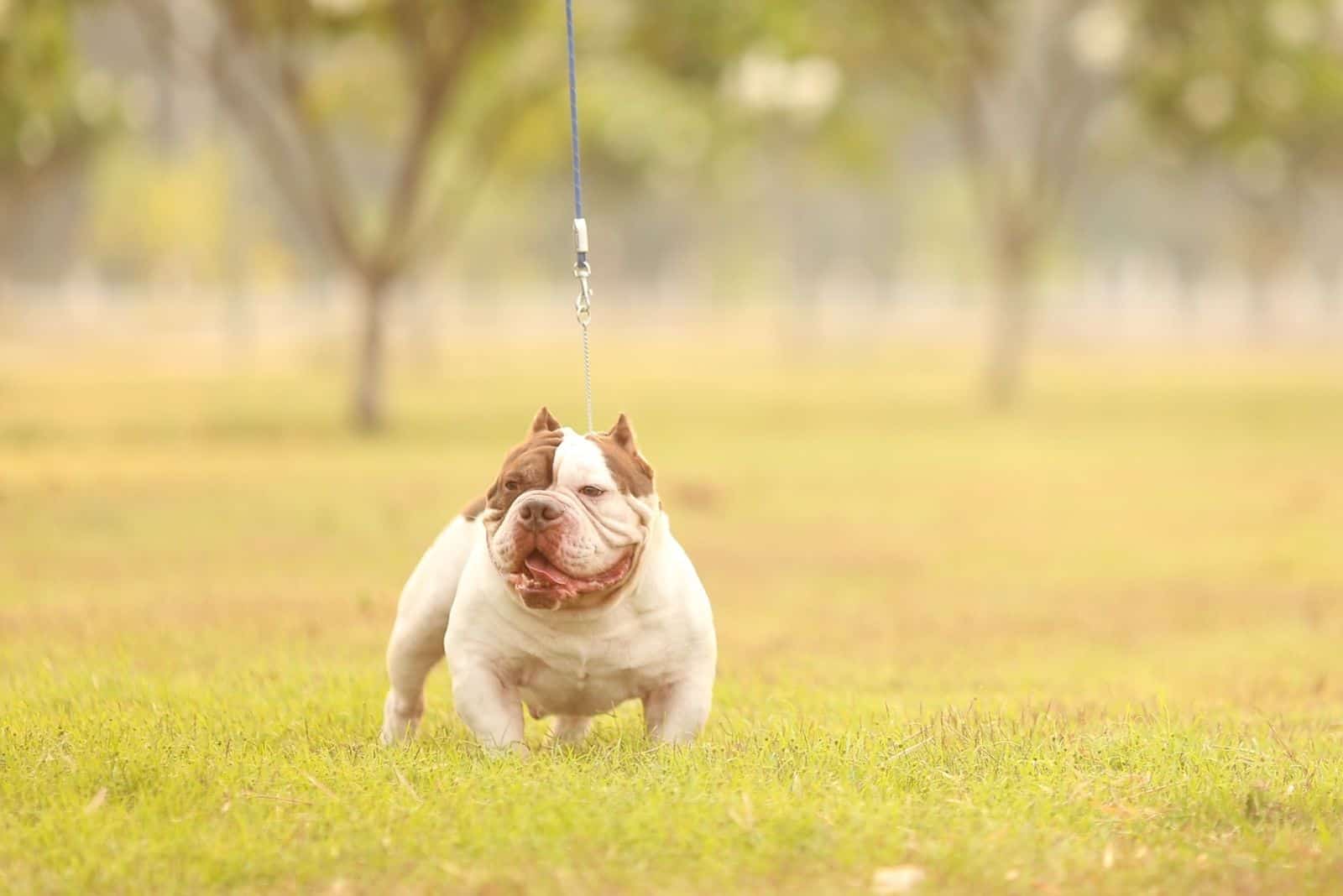
We’ve probably answered this question above, but it’s worth dealing with the subject separately because of the breed’s link with the American Pitbull Terrier. Also, this dog can look quite fearsome with its large head and muscular body.
In most cases, the Exotic Bully has its ears cropped, which only adds to its aggressive look.
Even so, the answer to the question is no: these dogs aren’t the least bit aggressive!
Aggression isn’t part of their character.
Can they bite? Yes, they can. However, these incidents are rare when they’re well looked after, trained, and socialized.
Are they protective? Yes, like most dogs, they are intensely loyal and may display protective behavior if they sense that you or your family are in danger. While it’s unlikely that they’ll attack, they might make a lot of noise that can be pretty frightening to witness. If they do attack, don’t expect them to back down easily.
As always, training and socialization are the keys to overcoming any problems.
However, on the whole, these dogs are friendly and calm, getting on well with humans and other dogs alike.
Exotic Bully Lifespan
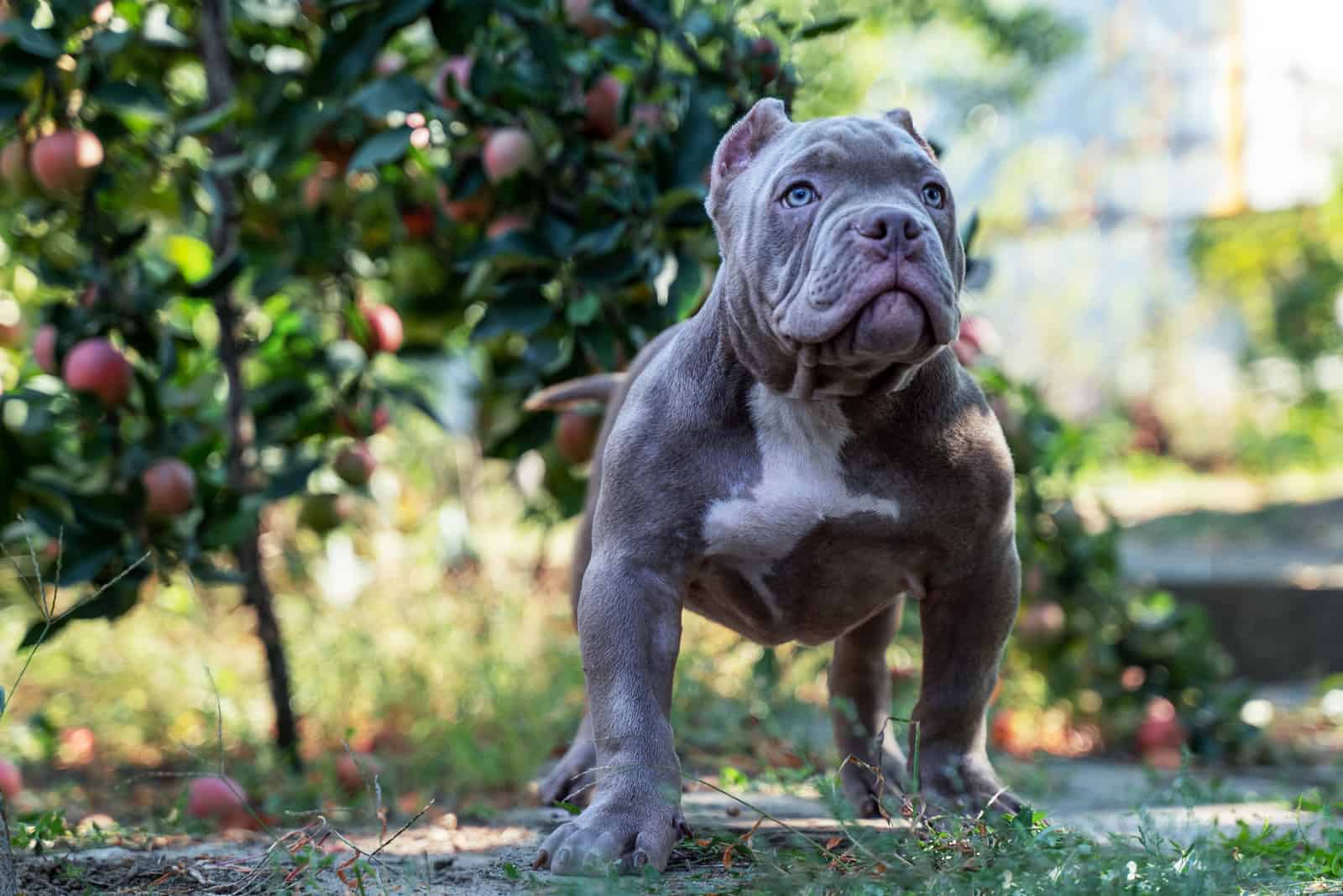
One of the main points of controversy relating to the Exotic Bully breed is its shockingly short lifespan.
While some sources claim that the average Exotic Bully lives for ten years, evidence suggests this is possibly an exaggeration. In reality, it seems that most of these dogs live for between five and seven years.
For a small dog, this is an astonishingly short life. In comparison, the American Bully has an average lifespan of between ten thirteen years, which is the overall average for all dog breeds.
Short lifespans are usually seen in giant breeds, like the Great Dane (8 to 10 years) and the French Mastiff (5 to 8 years).
So, why does this dog die so soon?
There are several reasons, but unethical breeding methods definitely play a part. There are no widely recognized breed standards because neither the AKC nor the United Kennel Club (UKC) recognizes this breed. The International Bully Coalition (IBC) and American Bully Registry (ABR) have issued their own breed standards. Still, these organizations are not as well-known or respected as the UKC and AKC.
Another reason why these dogs don’t live for very long is that health problems plague them.
All dog breeds have common health problems, but the Exotic seems to have more than its fair share because of its exaggerated features.
We cover this in more detail below, in the Deformed Exotic Bully section.
Exotic Bully Coat Colors
The Exotic Bully has a stiff, short, smooth coat with a glossy sheen.
But what colors do they come in?
Once again, the confusion over breed standards means that they can come in a wide variety of colors, but generally, Exotic Bully puppies will be:
• Tricolor
• Brown
• Brindle
• White
• Chocolate
• Black
The merle pattern is rare but accepted by most Exotic Bully breed clubs.
The gene that causes the merle pattern appears naturally in several breeds, including Bullies. As well as affecting the coat color, this gene can also contribute to eye color and skin color on the paw pads and nose. For example, Merle dogs can also have eyes of different colors, with one blue and one brown eye.
While many merle dogs are generally healthy and live long and happy lives, the gene responsible for their color can cause significant health problems. If the pup inherits a single copy of the gene, then they have a good chance of avoiding this. However, dogs that inherit a copy of the gene from both parents have a high risk of being deaf or blind, maybe both.
No reputable breeder ever risks mating two merles, as this puts the pups at serious risk of problems relating to eyesight and hearing and sensitivity to sunlight and an increased chance of getting skin cancer.
Exotic Bully Price
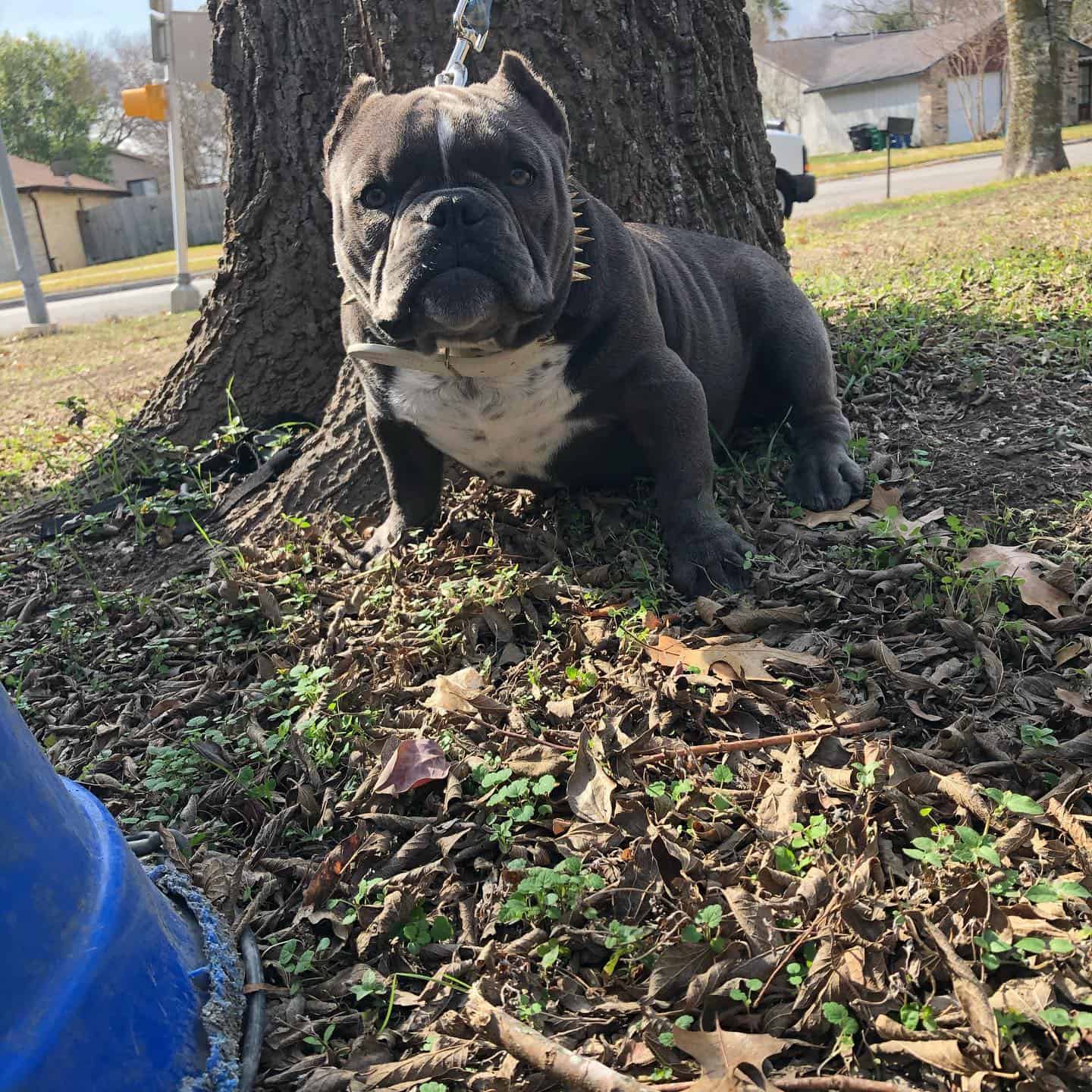
Photo from: @tex2calibullz
As this breed is pretty new and rapidly becoming more popular by the day, prices range from around $5,000 and above. Some breeders are charging between $30,000 and $40,000 for rare colored dogs.
You might find Exotic Bullies for between $500 and $1,000 though be very careful as they won’t be from good bloodlines.
Finding a reputable breeder is always essential when buying a dog, but this is even more important for the Exotic Bully if you want to avoid being conned. It’s only fair to consider the dogs’ welfare, too, as unethical breeders only care about the cash.
It’s also worth remembering what we learned above: how much are you willing to pay for a puppy that will probably only live for five years?
Much of the fuss around this breed has been fuelled by social media. Dog lovers see them on Youtube, Pinterest, Instagram, etc. They want one for themselves. As popularity rises, so do the prices. Sadly, it also brings scammers out of the woodwork.
Always stick to reputable breeders and do your homework before buying! If possible, visit the site and meet the breeder in person. The good ones will always encourage this, and some won’t sell you a pup unless they get to meet you and the whole family first.
Also, reputable breeders won’t use questionable marketing ploys, such as rare color.
Deformed Exotic Bully
However much these dogs are adored, the uncomfortable truth is that they are so overbred that their physical features cause them much suffering.
It’s no exaggeration to say that these features are deformities rather than embellishments. Many animal welfare groups and dog lovers have been calling for stricter controls on breeding to reduce the amount of suffering that these (and similar dog breeds) go through.
So, how exactly do they suffer?
Keep reading to find out!
Are Exotic Bullies Healthy?
Not exactly. Exotic Bullies have been selectively bred until some dogs can’t run or even walk properly. Most of the health conditions they experience result from overbreeding to develop their physical features.
Here are a few examples of what you might expect your Exotic Bully to face:
• Exotic Bullies are a brachycephalic breed of dog, meaning they have a flat face and short muzzle. These features cause breathing difficulties, neurological problems, and overheating. Brachycephalic obstructive airway syndrome (BOAS) is a severe risk, potentially resulting in collapse and can be fatal.
• Joint problems are common in many breeds, especially hip dysplasia. However, the Exotic Bully has an increased risk because its bowed legs and heavy torso put extra pressure on the joints. As a result, these dogs can suffer from arthritis and osteoporosis during their short lives.
• This breed’s genetic link to French Bulldogs and other flat-faced dogs makes it likely they will have eye problems.
• Many of these dogs have weak backs, despite their muscular frame. Poor breeding methods have weakened their spines and made them prone to various back problems that inhibit movement.
• Dental problems are also caused by the brachycephalic skull, resulting in missing teeth or too many teeth crammed into the dog’s mouth. This leads to pain and discomfort, eating problems, and potentially having teeth extracted.
In a nutshell, this breed is designed to be unhealthy. All Bulldog breeds suffer because of their physical features, but the Exotic Bully has been deliberately bred with exaggerated features. When you see these dogs, you’ll notice that most display signs of labored breathing while standing still. Their suffering is evident from the unnatural way they hold themselves, with bowed legs trying to take the weight of their body.
To make matters worse, unethical breeders sometimes inject their dogs with steroids to enhance their muscles.
Many people believe that breeding dogs this way is unacceptable as it causes too much suffering.
However, this fact hasn’t slowed down the Exotic Bully’s growing popularity.
Sadly, this will only lead to more suffering and abuse as unscrupulous breeders seek to take advantage.
The Clean Exotic Bully
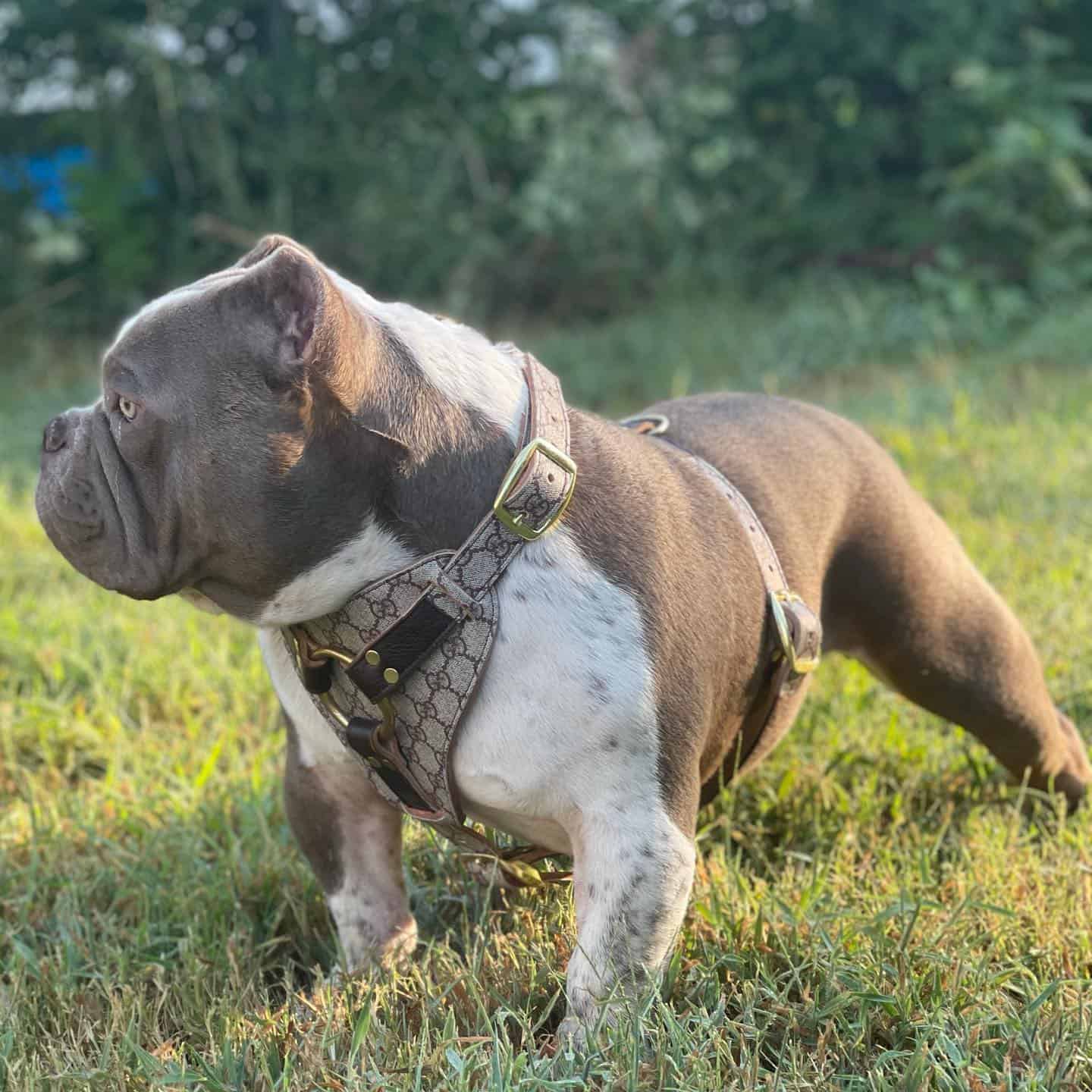
Photo from: @bullybrothersexotics
No, this has nothing to do with bathing! This is a relatively new term that has come about to try to improve the breed’s reputation.
As we saw earlier, the Exotic Bully has many health issues that severely affect its longevity. Some breeders tried to distance themselves from the unsavory truth by inventing the term Clean Exotic Bully.
This action was driven in part by the divide between fans of the American Bully and the Exotic Bully. Emotions are so strong on either side that online arguments have spilled over into physical violence at dog shows and events.
So, what is a Clean Exotic Bully?
We know there aren’t any set breed standards from what’s been said so far. However, organizations like the IBC and ABR have breed standards that some Exotic Bully breeders follow.
Another group, called the US Bully Registry (USBR), set out its breed standards for the Exotic soon after allowing them to be registered in 2013. The Clean Exotic matches this standard perfectly.
The ideal Clean Exotic has the following qualities:
• Everything is in proportion.
• The feet and pasterns (lower part of the leg, between the foot and the first joint) are tight and at the correct angle.
• The dog is ideally under 13 inches at the withers (shoulder).
• The elbows don’t extend out beyond the shoulder.
• The muzzle is no longer than 2 inches.
• The dog must be compact, almost the same height as its length.
• The skull must be the same width at the top as the rest of the head.
• The neck must be thick and strong enough to support the large head.
• The hindquarters must be muscular, strong, and balanced with the dog’s front end.
• The ears can be natural, rose, or cropped.
• The tail should have no kinks and should not be too long or short.
• They should have oval eyes, which can be of any color except pink or albino.
However, very few of these dogs qualify at present.
Even if they meet the required standards, there is no guarantee that they’ll avoid some of the health issues mentioned earlier.
Exotic Bully Puppies For Sale

Most dog lovers want to get their dog when it’s a puppy, and that’s understandable.
One of the first things we do these days when we want to buy something is to go online and search for that item, in this case, a puppy.
You’ll probably get a whole load of results for classified ad sites when you do so.
Our advice is to ignore them and go directly to a breeder. Most have websites or social media pages, so be sure to check them out. Ideally, they won’t be too far away, and you can arrange a visit to meet with them. Why is this a good idea?
Millions of dollars are lost every year to fraudsters selling puppies online. Many puppies don’t actually exist or have been produced at puppy mills.
The best way to avoid getting caught out is by using reputable, local breeders with a good track record.
Exotic Bully For Sale
While you might think we’re repeating ourselves here (okay, we are, a little bit!), it is essential to pick the right breeder when buying your dog.
The difference in this section is that we’re talking about adult dogs rather than puppies. People sell adult dogs for a variety of reasons. They may have been used as studs and are no longer useful in that role. It could be that the owner is retiring them from a breeding program, and it might even be that the family can’t look after them any longer.
Buying a fully-developed dog online is even more of a risk than buying a puppy, as you have no idea how it has been treated so far in life or any health conditions it has. And remember, this dog has a very short life, and if you buy a 2-year-old dog, then it may be almost halfway through its lifespan.
If you want to give an adult dog a home, contact your local rescue group rather than buy from the classifieds. This makes sense for two reasons: rescues assess each dog and place them in foster homes when possible. The dog is trained, socialized, given any medical treatment it needs and prepared for a new home. Also, the adoption fees are considerably lower than the price you’d pay to a breeder!
In Conclusion
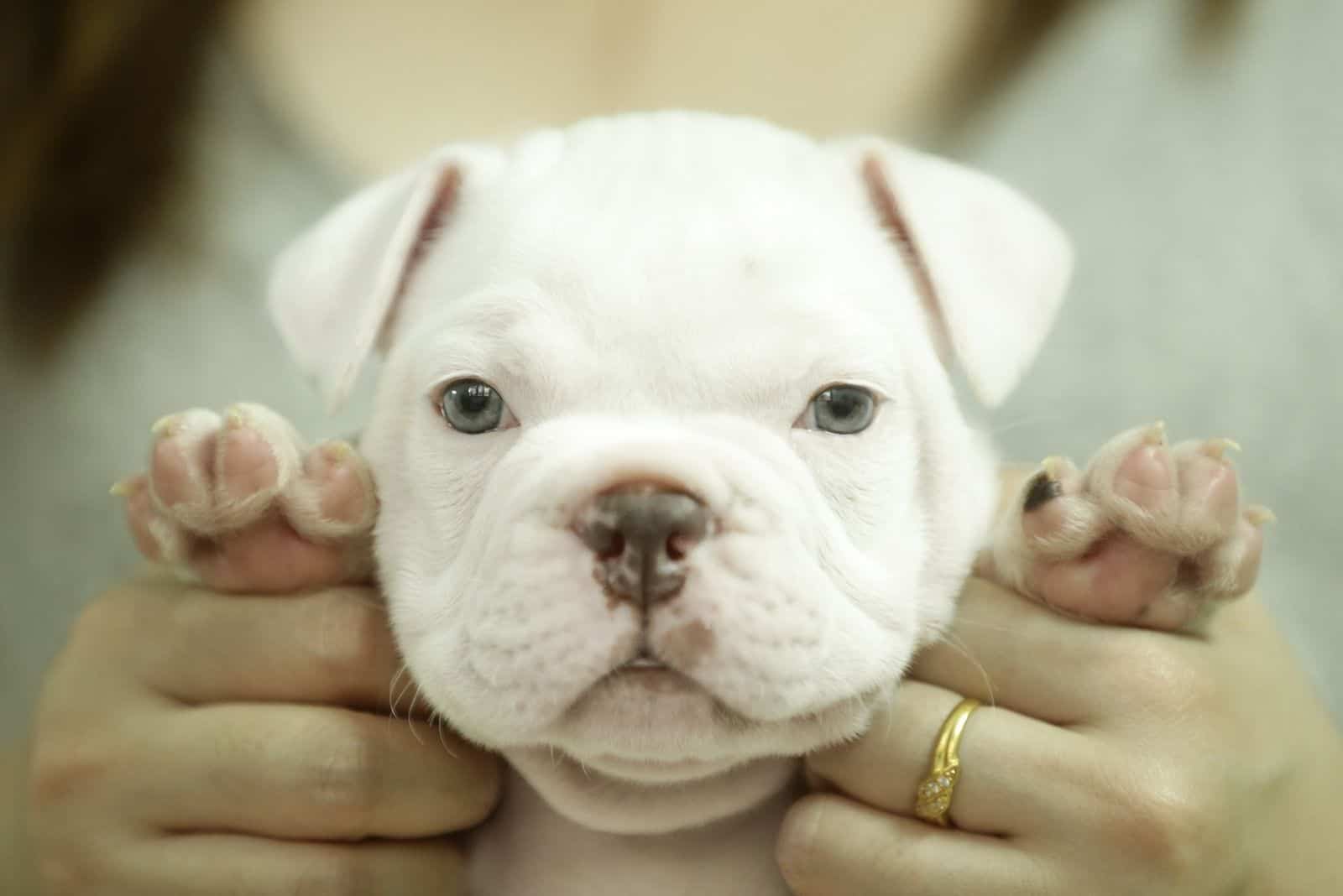
Hopefully, by now, you’ve learned everything you need to know about the Exotic Bully. You’ll be equipped to decide whether you want one of your own or not. We’ve looked at the good and the bad to help you get the whole picture.
So, now you know that these are sweet-natured dogs that have a lot of love to give. They’re short and muscular, with distinctive features that set them apart from other breeds, like the American Bully.
You also know that they have severe health problems because of their physical features. As a result, most of these dogs won’t live beyond their seventh year, maybe even their fifth.
Finally, we’ve learned that the Exotic Bully can be eye-wateringly expensive!
It’s hard to know what the future holds for this breed. On the bright side, the various breed clubs may cooperate and produce a set of breed standards that will improve the Exotic Bully’s health.
Until then, it’s up to dog lovers to ensure that we support ethical, responsible breeders to reduce the number of dogs that suffer.
Read Next:
• What Is A Merle XL Bully And Should You Get One?
• XXL Bully Vs XL Bully: What Do You Know About These Giants?
